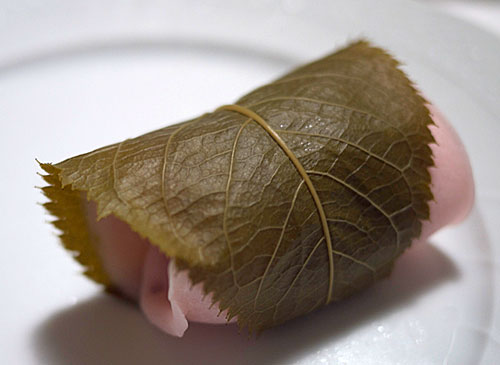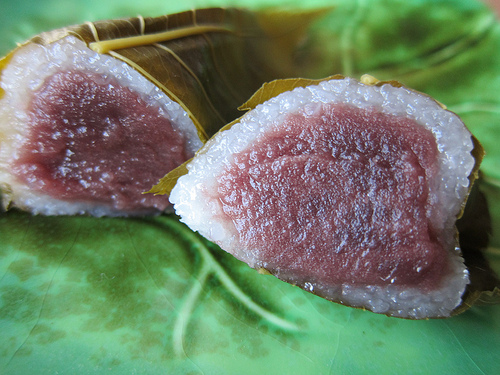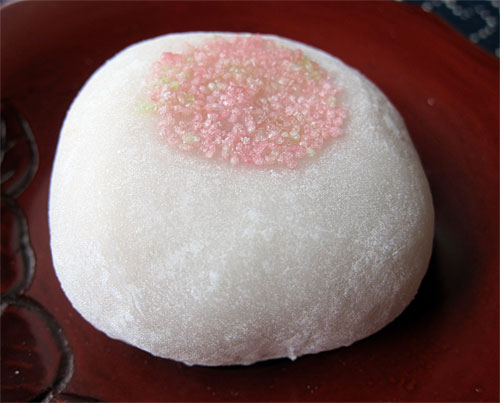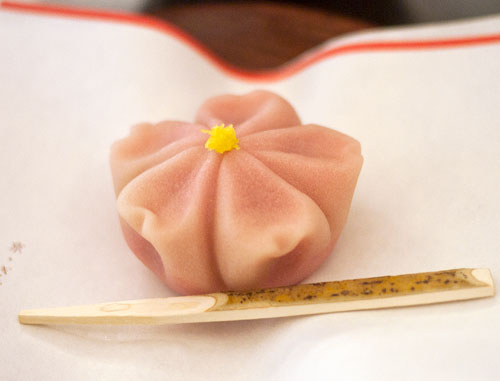Japan’s annual research whaling expedition is now being carried out in the Antarctic. As always, the controversy over whaling receives more coverage in the foreign press than it does in the Japanese media, which for all intents and purposes doesn’t normally pay attention unless arrestsor violence is involved. However, Tokyo Shimbun last week reported on some of the commercial aspects of the issue.
According to the newspaper, in 2011 the amount of frozen whale in storage and designated for retail distribution exceeded 5,000 tons, which is almost three times the amount of frozen whale meat in storage 10 years ago. There are two sources of this meat: imports from other whale-catching countries, and the research whaling program carried out by Japan’s Institute of Cetacean Research and the company Kyodo Senpaku. The purpose of the research is to “determine growth by means of checking weight and body length” of whales that are caught and killed. Afterward, the whale meat is sold to help pay for the research, which costs about ¥6 billion a year. The Japanese government provides a subsidy of ¥1 billion, which means the meat sales have to cover the remaining ¥5 billion.
The increase in frozen inventory means that the costs aren’t being covered, and that the research project is operating in the red, though Tokyo Shimbun doesn’t say by how much. Until 2006, the amount of yearly stock kept increasing because the annual catch quota was also increasing, but ever since the Sea Shepherd Conservation Society started interfering with the Antarctic hunt the amounts caught have not increased. However, overall stocks have. At the end of 2010, they amounted to 5,300 tons, and though Kyodo Senpaku only brought back 18 percent of its planned catch last year after it cut short the hunt, as of last October stocks of whale meat had increased to 5,400 tons.


 The Somei Yoshino cherry trees at Shinjuku Gyoen were still closed
The Somei Yoshino cherry trees at Shinjuku Gyoen were still closed
 These buds still need multiple days to open...
These buds still need multiple days to open...
 ... while these buds only need a few more hours
... while these buds only need a few more hours
 Group of weeping cherry trees in the park's south-eastern corner
Group of weeping cherry trees in the park's south-eastern corner
 This Kanzakura is approaching the end of its blooming season
This Kanzakura is approaching the end of its blooming season
 The same Kanzakura from a different angle
The same Kanzakura from a different angle
 A Shuzenji Kanzakura in full bloom
A Shuzenji Kanzakura in full bloom
 Kanhizakura (a variety native to Okinawa) in full bloom
Kanhizakura (a variety native to Okinawa) in full bloom
 The prominent weeping cherry tree near the entrance gate of Koishikawa Korakuen
The prominent weeping cherry tree near the entrance gate of Koishikawa Korakuen
 About 10 percent of its blossoms have opened so far
About 10 percent of its blossoms have opened so far
 A group of visitors carefully inspects the weeping cherry tree
A group of visitors carefully inspects the weeping cherry tree
 All major TV networks were present to document the start of Tokyo's cherry blossom season
All major TV networks were present to document the start of Tokyo's cherry blossom season
 Tokyo's representative cherry blossoms
Tokyo's representative cherry blossoms
 Cherry bud viewing party at Ueno Park
Cherry bud viewing party at Ueno Park
 Some blossoms are opening at Ueno Park
Some blossoms are opening at Ueno Park
 Weeping cherry tree at the park's southern entrance
Weeping cherry tree at the park's southern entrance






















